Lasora (Cordia dichotoma) MedicinalUsed And Health Benefits
Lasora tree is used traditionally in treatment of dyspepsia, fever, ringworm, ulcers, prolapsed of uterus/vagina, headache, affection of urinary passage, diseases of lungs and spleen. The leaves, fruit, bark and seeds have been reported to exhibit antidiabetic, antiulcer, anti-inflammatory, immune-modulator and analgesic activities.
Lasora or Sabestan Plum bears edible mucilaginous fruits (drupes) with sweet taste. The sticky white substance from the fruits can be extracted and as used as glue. Fruits can be eaten fresh, dry and pickled.
Ripe fruits are eaten fresh while unripe fruits can be pickled. Due to mucilaginous, astringent and demulcent properties Acharya Sushruta prescribed the fruits internally for biliousness, cough and hemorrhage. Fruits exhibits significant anti-ulcer and cytoprotective effects. As they are expectorant, demulcent and hence are useful in dry cough, catarrh, coryza, chronic bronchitis, influenza and in burning micturition. The bark is high in tannic acid and applied topically on erysipelas, spider-poisoning, ulcers and boils.
In Egypt dried fruits are still sold today in the spice markets as sapistan and are used as medicine. In Unani, Sapistan is considered hot and dry of second degree. The fruits are used as an adjuvant to purgatives for counteracting their irritative effect. A Unani compound formulation, Laooq-e-Sapistan is indicated in catarrh, coryza, chronic bronchitis, influenza.
General Information
Plant Description: Cordia dichotoma is a moderate-sized, deciduous, tree, 40 or 50 feet high and usually, with a crooked trunk. It has slender, glabrous twigs and pubescent buds.
Bark of tree is grey or brown rough, with shallow longitudinal wrinkles and furrows and about half inch thick. Branchlets are glabrous and the young shoots are silvery grey. The bark is available in form of pieces, 5 to 10 cm long and 6 to 12 mm thick with dark greyish brown colour.
The leaves are simple, alternate, 6-10.5 cm long, 4-7.5 cm broad, broadly oval or elliptic-ovate, rounded at the base, obtuse or subacute at apex, entire or more or less coarsely sinuate-serrate in the upper half, glabrous on both sides, thin. Petioles are 1.7—4.3 cm long and slender.
Flowers are regular, bisexual, white, divaricate, branched corymbs, pedicels short. Sepals are 5, fused into a tubular-campanulate, glabrous calyx, pubescent within. Petals are 5, fused into a funnel-shaped corolla. Corolla-tube 4 mm long, segments 3.5 mm long, 2 mm broad, oblong, recurved. Stamens are 5, hairy, inserted in the throat of the corolla. Ovary is superior, globular, glabrous.
Fruit is a globular-ovoid drupe. It is smooth and of the size of a cherry. It is yellow on ripening and the pulp is almost transparent, tough and viscid. Nut is cordate and seed is solitary. The dried fruit is conical with acute apex, upto 2 cm in length and 1.5 cm in diameter, occasionally with attached calyx and pedicel, greyish brown to dark brown, surface shrunken, hard to break. The smell of the nut on cutting is heavy and disagreeable.
- Part(s) used for medicinal purpose: Leaf, Bark, Flower, Kernel, Mucilage of fruit
- Plant type / Growth Habit: Tree
- Duration: Perennial
- Distribution: Grows in the warmer parts of India, Sri Lanka, Malasia, South China, Java, New Guinea, Philippine Islands and tropical Australia.
- Habitat: Drier (arid and sub-arid), warmer regions
Scientific Classification
The botanical name of Lasora / Sebesten plum, is Cordia dichotoma / Cordia myxa. It belongs to plant family Boraginaceae. Genus Cordia includes hundreds of tree and shrub species growing across the tropical and subtropical areas of America, Africa and Asia. Cordia dichotoma is native of tropical Asia.
Below is given taxonomical classification of plant.
- Kingdom: Plantae – Plants
- Subkingdom: Tracheobionta – Vascular plants
- Superdivision: Spermatophyta – Seed plants
- Division: Magnoliophyta – Flowering plants
- Class: Magnoliopsida – Dicotyledons
- Subclass: Asteridae
- Order: Lamiales
- Family: Boraginaceae – Borage family
- Genus: Cordia L. – cordia
- Species: Cordia dichotoma G. Forst. – fragrant manjac
- Synonyms : Cordia obliqua Willd., Cordia myxa Thw. non Linn., Cordia myxa var. obtiqua Trim., Cordia sebestena Blanco, Cordia blancoi Vidal, Cordia btancoi var. mollis Merr., Cordia leschenaultii DC., Cordia latifolia Roxb.
Constituents of Cordia dichotoma
The fruits contain sugar, gum, β-sitosterol, palmitic, stearic and oleic acids. They have about 70% pulp. In per 100 grams, following nutrients are present:
- Water 6 g
- Protein 35 g
- Calcium 55 mg
- Phosphorus 275 mg
- Zinc 2 mg
- Iron 6 mg
- Manganese 2 mg
- Chromium 0.2 mg
- Copper 1.6 mg
- Oxalic acid (250mg/100g) is also present in fruits.
The bark contains, tannin, Cathartin, Gallic acid and β-sitosterol. D-glucose, D-xylose, L-rhamnose, D-glucuronic acid, D-arbinose, lactose, and L-fructose among sugars and glycine, leucine, glutamic acid, cystine, alanine, threonine, aspartic acid and proline are also present in plant.
The seed contains per 100 g: water 32 g, fat 46 g and the principal fatty acids palmitic acid, stearic acid, arachidic acid, behenic acid, oleic acid and linoleic acid.
Ayurvedic Properties and Action
Ayurvedic Properties and Action
The bark and fruits of the tree are used in treatment of variety of diseases. The bark especially useful in skin diseases.
Bark
Bark of tree has following properties:
(taste ) (Sweet) (Pungent) (Bitter) (Astringent)
(Pharmacological Action): (Dry), (Slimy)
(Action) (Cooling)
(transformed state after digestion) (Pungent)
Action : Pacifies
Good for hairs
Inspissants, due to stomachic, digestive and heating qualities it dries the fluids of the body
Destroys worms
Assist in digesting undigested food, but do not increase the appetite
Destroyer of poison
The decoction of tree bark in dose of 50-100 ml is used as single drug in treatment of
(Disorders of blood)
(Multiple wounds)
(Semi-disgested food metabolites)
(Occular manifestation of small pox)
(Colic due to worm infestation)
(Leprosy / diseases of skin), (Spider bite), (Small pox), (Erysepales), (Blister) (Ulcers)
Fruits
The dried fruits of Lasora following properties
(Light) (Dry) (taste on tongue) (Astringent) (Sweet) (Bitter)
(Pharmacological Action)
(Action): (Cooling)
(transformed state after digestion): (Pungent)
Action : Pacifies
Inspissants are medicines which from their stomachic, digestive and heating qualities dry the fluids of the body.
The Syrup prepared from ripened fruit is used in treatment
(Fever) (Cough), (Coryza) (Worm infestation) (Disorders of blood) (Bleeding disorder) (Seminal stress)
(Asthma) (Thirst) (Syphilis / Soft chancre)
Important Medicinal Properties
Cordia dichotoma fruits are rich in medicinal properties. The understanding of these properties will help us to better utilize this herb. These also indicate the conditions in which we should avoid it.
Below is given medicinal properties along with the meaning.
- Analgesic: Relieve pain.
- Anti-inflammatory: Reducing inflammation by acting on body mechanisms.
- Antidote: Counteracts a poison
- Astringents: Constrict tissues; styptic.
- Anthelmintic: Antiparasitic, expel Parasitic worms (helminths) and other internal parasites from the body.
- Antiulcer: Tending to prevent or heal ulcers.
- Anticatarrhal: Remove excess mucous from the body.
- Aperient: Used to relieve constipation.
- Diuretic: Promoting excretion of urine/agent that increases the amount of urine excreted.
- Demulcent: Relieving inflammation or irritation.
- Emollient: Soothing and softening effect on the skin or an irritated internal surface.
- Expectorant: Promotes the secretion of sputum by the air passages, used to treat coughs.
- Laxative: Tending to stimulate or facilitate evacuation of the bowels.
- Mucilaginous: Moist, soft, and viscid.
Medicinal Uses of Cordia dichotoma
Cordia dichotoma is used in Ayurveda and Unani system of medicine for treating cold, cough, coryza, fever and skin diseases.
Fruits of the tree are edible, slimy, and heavy to digest. They are given in colic pain, disorders of blood, seminal weakness, and sexual disorders.
Bark of the tree helps in Ama dosha. Ama is the unmetabolised waste that is not utilized by the body. It is sticky, heavy, viscous, slimy, unctuous, wet, cold, sweet and is the root cause of most of diseases in the body, resulting from excess Vayu or Kapha (or both). The bark contain Gallic acid, b-sitosterol and reduces pitta and Kapha. For medicinal purpose the decoction of bark is used.
- The bark and the unripe fruit are used as a mild tonic.
- The juice of the bark along with coconut’ milk relieves severe colic.
- The bark is given for dysentery together with Pomegranate rind.
- The bark is useful in calculous affections, strangury and catarrh.
- The decoction of the bark is found useful in dyspepsia and fevers.
- Externally the moistened bark is applied on boils and tumors. In powder form, it is used as a cure for ulcers in the mouth.
- The bark is rubbed on teeth to strengthen them. The infusion of bark is used as a gargle.
- Powdered bark is applied on itchy skin patches on hands and legs.
- The ripe fruits are sweet, cooling and demulcent.
- The mucilage in the fruit is used for treating coughs and diseases of the chest, uterus, urethra, etc. In larger doses, it is given for bilious ailments as a laxative.
- The kernels of the fruit are a good remedy in ringworm. They are powdered, mixed with oil and applied on ringworm.
- The leaves are useful as an application to ulcers and in headache.
- The decoction of leaves is used in cough and cold.
Dosage of Cordia dichotoma
9-15 fruits, the decoction of bark can be taken in dose of 50-100 ml.
Contraindications, Interactions, Side-effects and Warnings Cordia dichotoma
The fruit is cooling and heavy.
Leaf extract has anti-implantation activity and works as a natural contraceptive drug.
سپستان ، لسوڑا , لہسوڑہ
ماہیت ۔
سپستان کا درخت لگ بھگ چالیس ،پینتالیس فٹ اونچا ہوتاہے۔اس درخت کی چھال مٹیالی لکڑی نرم اور جلانے کے کام آتی ہے۔پتے پلاس کے پتوں سے چھوٹے لیکن کنارے کٹے ہوئے ہوتے ہیں ۔پتا قدرے موٹا اور نوک دار ہوتاہے۔پھل گچھوں میں لگتے ہیں جو پیلے سبز اور پھر زردی مائل لیکن پک کرسرخ بادامی رنگ کے ہوجاتے ہیں ۔اس کے پھول سفید رنگ کے گچھوں میں لگتے ہیں جو بعد میں پھل بنتے ہیں یہ پھول چیت میں نکلتے ہیں اور جیٹھ میں پھل لگتے ہیں پھلوں کامزہ لعاب دار شیریں اور یہ خشک ہونے کے بعد سرپستان کی طرح مٹیالہ ہوجاتے ہیں اس پھل کے اوپر چھلکا اندرگودا اور اس کے اندر گٹھلی ہوتی ہے۔جس کے اندر مغز سے تیل بھی نکالاجاتاہے۔جو سر میں لگاتے ہیں ۔
پھل کے لحاظ سے اس کی دو اقسام ہیں ۔
۔چھوٹا لہسوڑا
بڑالہسوڑہ۔
مقام پیدائش ۔ یہ درخت تقریباًپاکستان اور ہندوستان کے تمام علاقوں میں ہوتاہے۔
مزاج ۔ گرمی سردی میں معتدل ۔ تردرجہ اول ۔
افعال ۔ ملین حلق و صدر ،منفث بلغم ،مسکن صفراء دافع لذع ،مزلق
استعمال ۔
تازہ پکے ہوئے لہسوڑے دیگر پھلوں کی مانند کھائے جاتے ہیں اور بچے شوق سے کھاتے ہیں ۔خشک شدہ لہسوڑے بطور دواء مستعمل ہیں جبکہ تازہ لہسوڑوں کا اچار بھی تیارکیاجاتاہے۔خشک شدہ لہسوڑے کا سفوف یا خیساندہ تنہا یا دیگر ادویہ کے ہمراہ خشک کھانسی نزلہ حار خشونت حلق وغیرہ میں اس کا استعمال کرتے ہیں صفراوی اور دموی بخاروں سوزش بول اور پیاس کی شدت میں بھی استعمال کرتے ہیں آنتوں کی خراش اور پیچش میں تنہا یا مناسب ادویہ کے ہمراہ اس کا نقوع پلاتے ہیں ۔سپستان لاذع اور تیز ادویہ مسہلہ کی اصلاح اور ان کے فعل کی اعانت کیلئے شامل کرتے ہیں ۔اس کونپل کو نقوع باربار پیشاب کرنے اور سوزش بول کونافع ہے۔
استعمال بیرونی ۔
سپستان کے درخت کے پتوں کی راکھ کو مکھن میں ملاکر زخموں پرلگانا مفید ہے اس کے پتوں کی راکھ سفوف بناکر قلاع الفم میں لگانامفید ہے۔
فوائد خاص ۔ مفید سعال یابس
مضر۔ مضعیف معدہ و جگر۔
بدل ۔ خطمی ۔
مصلح ۔عناب برگ گلاب ۔
مقدارخوراک ۔ نو سے پندرہ دانے تک ۔

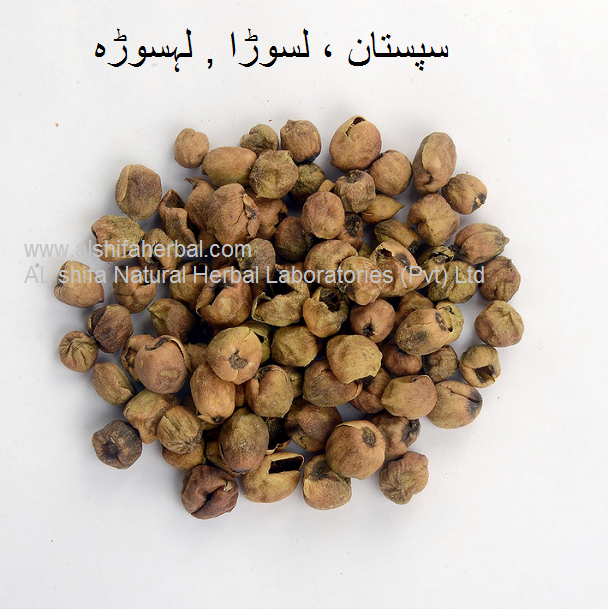
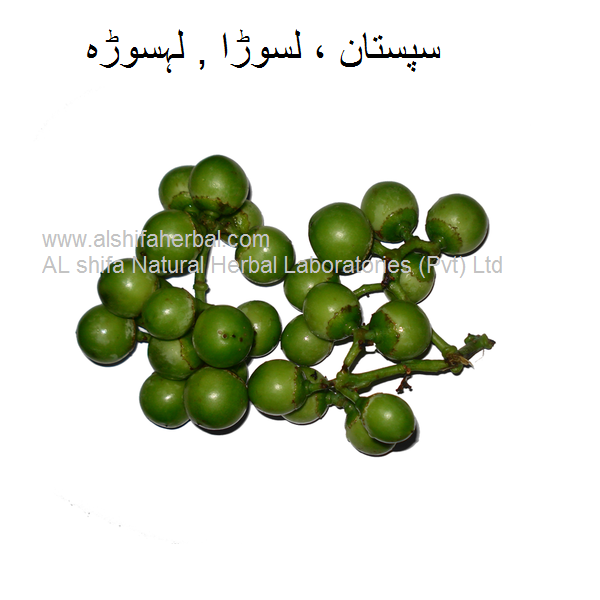


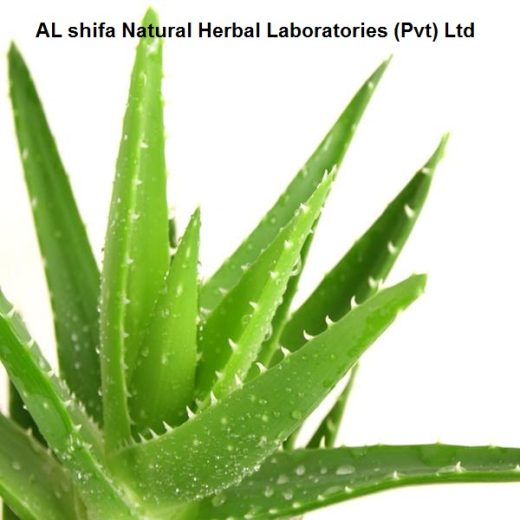
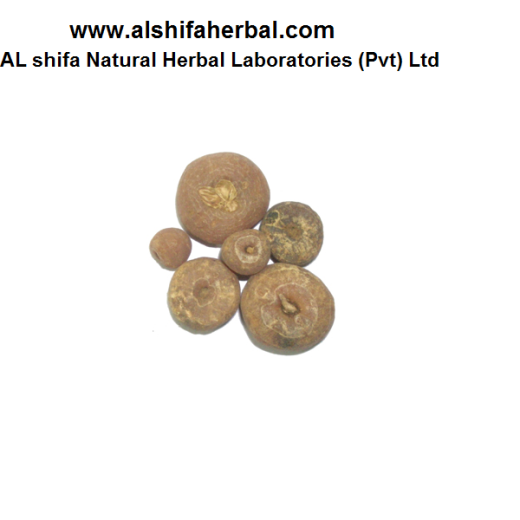
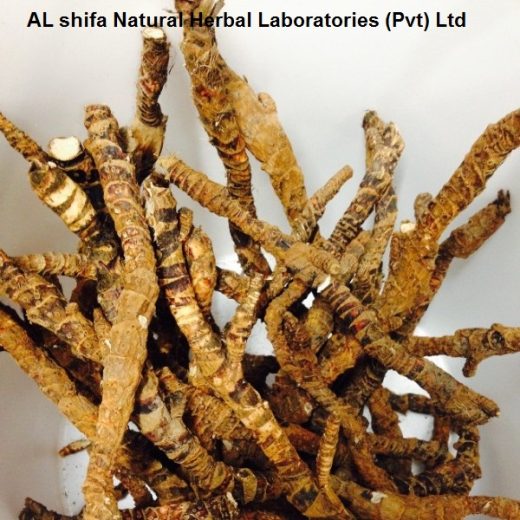



Reviews
There are no reviews yet.